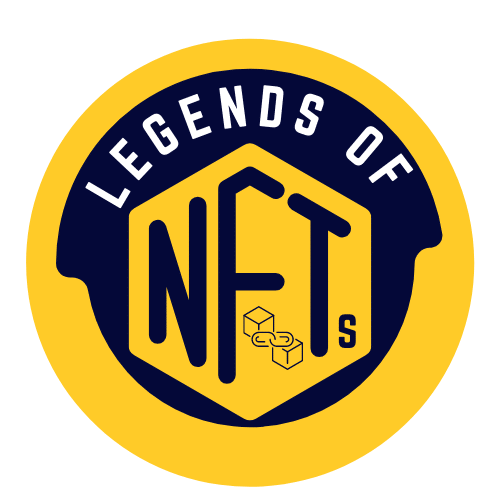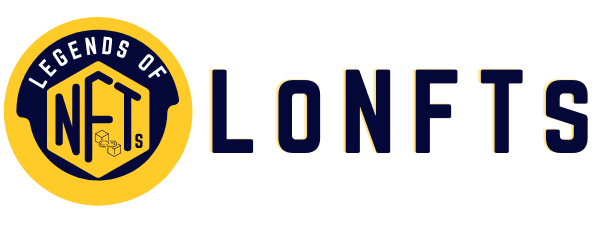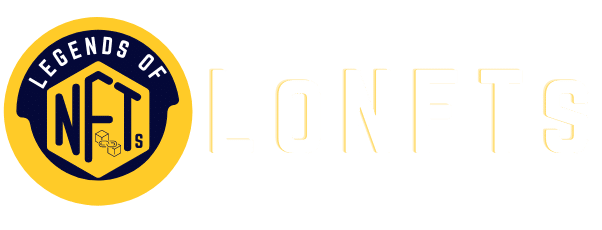Introduction
As blockchain technology becomes more and more popular, so does the use of Non-Fungible Tokens (NFTs). NFTs are unique digital assets that can be used to represent anything from virtual goods to real estate. What makes NFTs so valuable is their ability to be traded and sold on decentralized marketplaces. In this article, we’ll explore how NFTs create value and why they are such an important part of the blockchain ecosystem.
The Advent of NFT Ecosystems
With the rise of blockchain-based games and digital collectibles, the need for a way to represent these items in a more secure and efficient manner led to the development of NFTs. NFTs are digital assets that are stored on a blockchain and can be bought, sold, or traded on decentralized marketplaces. Unlike fiat currency or other types of digital assets, NFTs are not interchangeable. Each NFT is a unique and indivisible item that can be verified using the blockchain.
The value of an NFT comes from its scarcity and utility. The fact that each NFT is unique means that there is a limited supply of each type of asset. This scarcity, combined with the fact that NFTs can be used to represent a wide variety of assets, gives them a high degree of utility. For example, an NFT could be used to represent a virtual good, such as a digital pet or in-game item. Alternatively, an NFT could represent a real-world asset, such as a piece of art or a piece of land. The flexibility and utility of NFTs make them an incredibly valuable asset class.
NFTs as a Tool for Market Design
One of the most important aspects of NFTs is their ability to be traded on decentralized marketplaces. Decentralized marketplaces are online platforms that allow buyers and sellers to trade NFTs without the need for a central authority. The fact that NFTs can be traded on these marketplaces gives them a high degree of liquidity, which is an important factor in determining the value of any asset.
The ability to trade NFTs on decentralized marketplaces also opens up a whole new world of possibilities for market design. For example, developers can create NFT-based games that allow players to trade virtual assets. This could create a whole new economy within the game that could be used to reward players for their achievements. Alternatively, NFTs could be used to represent real-world assets, such as property or art. This would allow people to trade these assets without the need for a central authority, such as a bank or government.
How These Businesses Can Succeed
NFTs are a new and exciting technology that have the potential to revolutionize the way we trade digital assets. In order for businesses to succeed in this space, they need to have a clear understanding of how NFTs work and how they can be used to create value. Additionally, businesses need to have a solid plan for how they will integrate NFTs into their existing products and services. Finally, businesses need to be prepared to adapt to the ever-changing landscape of the NFT ecosystem.
NFTs also have to leverage a community
NFTs also have to leverage a community of users to jump-start their projects. For example, the games Crypto Kitties and Decentral and both have vibrant communities of users that are essential to their success. Without a community of users, it would be very difficult for these projects to succeed.
Conclusion
NFTs are a new and exciting technology that has the potential to revolutionize the way we trade digital assets. In order for businesses to succeed in this space, they need to have a clear understanding of how NFTs work and how they can be used to create value. Additionally, businesses need to have a solid plan for how they will integrate NFTs into their existing products and services. Finally, businesses need to be prepared to adapt to the ever-changing landscape of the NFT ecosystem





